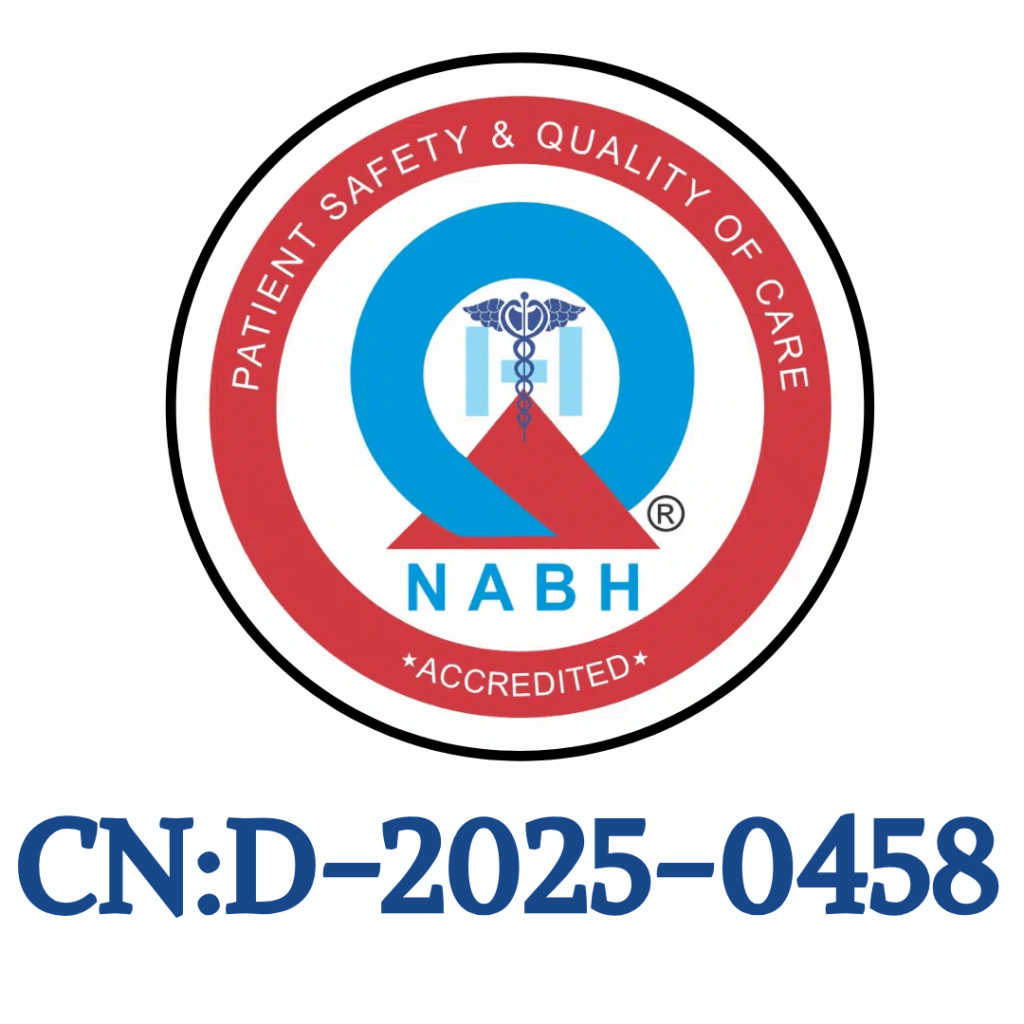WHAT IS ORTHOGNATHIC SURGERY?
Orthognathic surgery also known as corrective jaw surgery, is a specialized procedure aimed at correcting structural abnormalities in the jaw and facial bones to improve both function and aesthetics. It’s a transformative journey that not only enhances physical appearance but also restores proper alignment and functionality to the jaw, teeth, and facial features. Here’s some unique content highlighting various aspects of orthognathic surgery
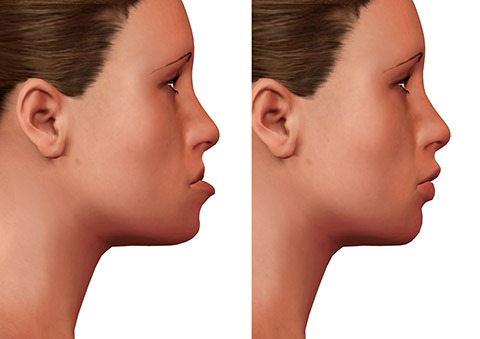
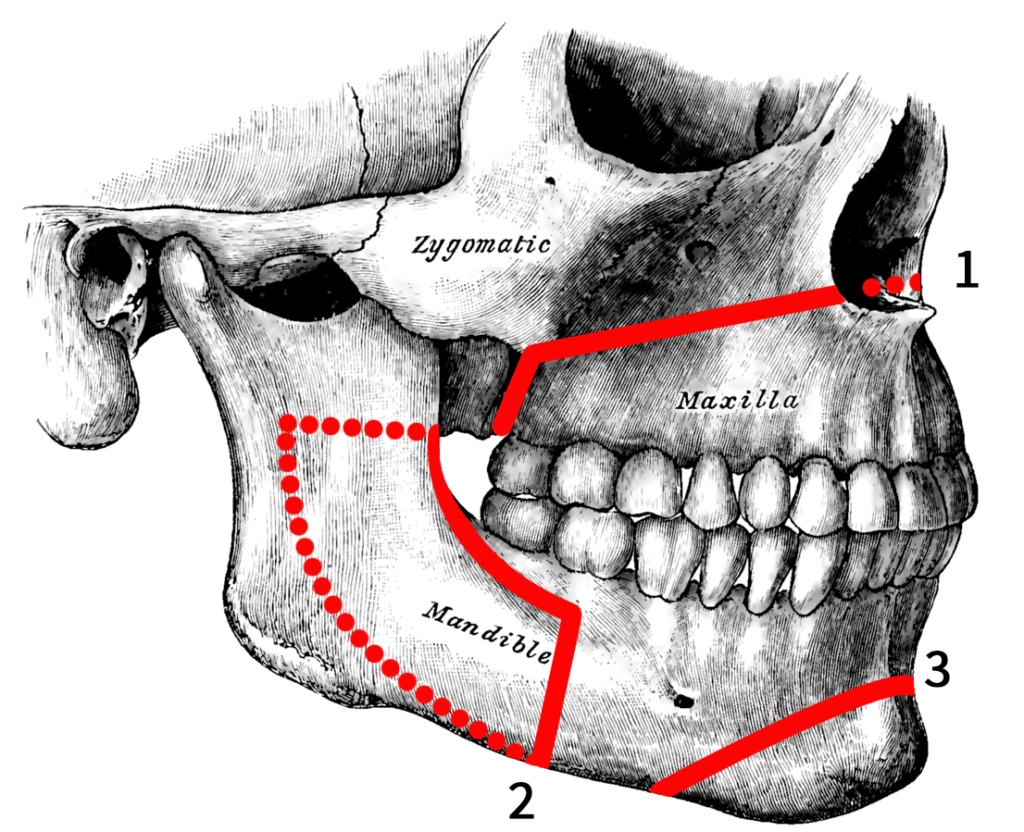
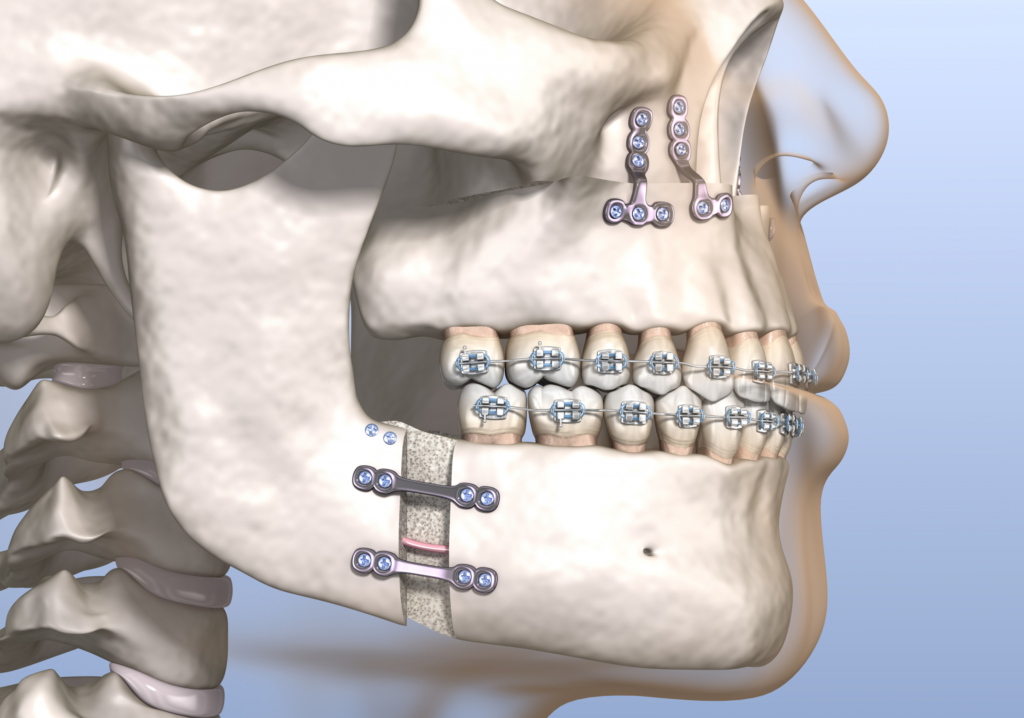
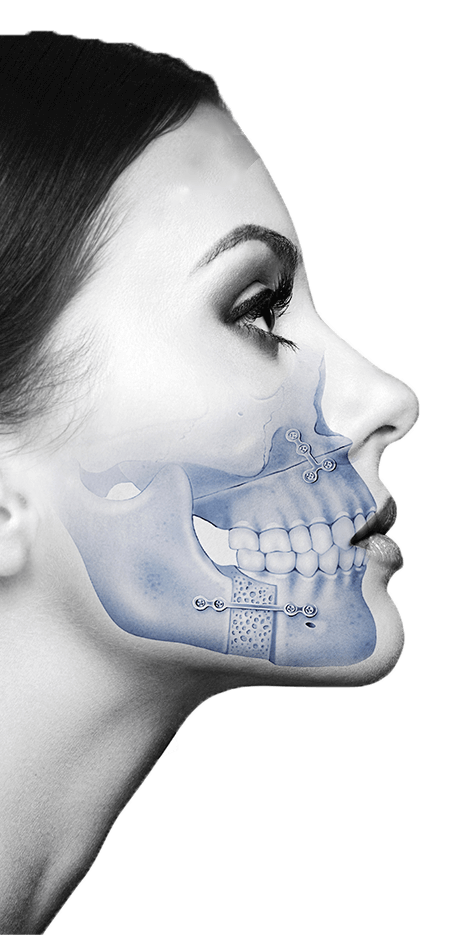
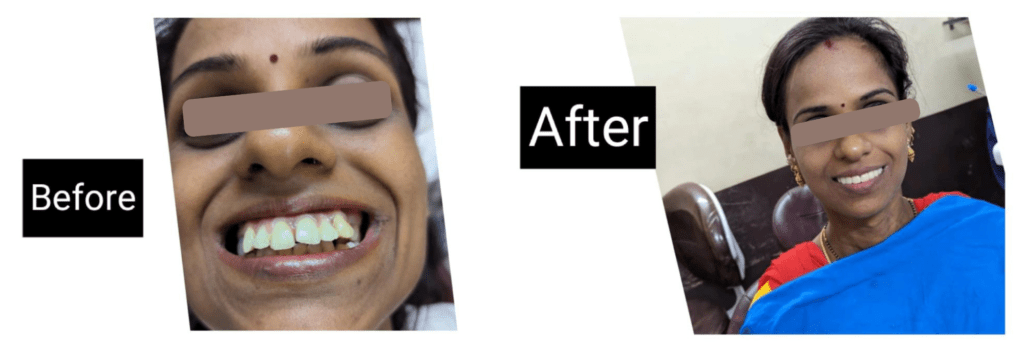
| UNDERSTANDING ORTHOGNATHIC SURGERY:
Orthognathic surgery is a comprehensive approach to address issues such as malocclusion (misalignment of teeth), difficulty chewing or speaking, jaw pain, and facial imbalances. Unlike traditional dental procedures, orthognathic surgery involves surgical manipulation of the jaw bones to achieve proper alignment and harmony of facial proportions.
Customized Treatment Plans:
Each patient’s orthognathic surgery journey begins with a thorough evaluation by a team of professionals, including oral and maxillofacial surgeons, orthodontists, and sometimes, even speech therapists. A customized treatment plan is then developed, considering the specific needs and goals of the individual.
Pre-Surgical Orthodontic Preparation:
Prior to surgery, patients may undergo a period of pre-surgical orthodontic treatment. This phase involves aligning the teeth using braces to ensure proper positioning for the surgical correction. Orthodontic treatment helps to optimize the surgical outcome and facilitates post-operative stability.
Surgical Procedure:
Orthognathic surgery is typically performed under general anesthesia in a hospital setting. The surgeon carefully repositions the jaw bones according to the pre-determined treatment plan, often using specialized techniques such as cutting, repositioning, and securing the bones with small screws or plates.
Recovery and Post-Operative Care:
Following surgery, patients require a period of recovery, during which they may experience swelling, bruising, and temporary discomfort. Pain medication and a soft diet are often prescribed to manage these symptoms.
It is crucial to have routine follow-up appointments with the surgical team to track the patient’s progress and attend to any issues that may arise.
| LONG-TERM BENEFITS:
While the initial recovery period may involve some challenges, the long-term benefits of orthognathic surgery are significant. Patients typically experience improved bite function, enhanced facial symmetry, and increased self-confidence. Properly aligned jaws also contribute to better oral health and may alleviate issues such as temporomandibular joint (TMJ) disorders.
Patient Testimonials and Success Stories:
Many individuals who undergo orthognathic surgery report life-changing results. Sharing patient testimonials and success stories can provide valuable insight into the transformative impact of this procedure, inspiring others who may be considering similar treatment.
Multidisciplinary Approach:
Orthognathic surgery often requires collaboration among various medical professionals, including oral surgeons, orthodontists, prosthodontists, and speech therapists. This multidisciplinary approach ensures comprehensive care and optimal outcomes for patients.
Advancements in Surgical Techniques:
Over the years, advancements in surgical techniques, such as computer-assisted planning and virtual surgical simulation, have further improved the precision and predictability of orthognathic surgery. These innovations enhance surgical outcomes while minimizing complications and reducing recovery time.
Patient Education and Support:
Education and support are integral parts of the orthognathic surgery process. Providing patients with detailed information about the procedure, realistic expectations, and ongoing support throughout their journey can help alleviate anxiety and empower them to make informed decisions about their treatment.
| CONCLUSION:
In conclusion, orthognathic surgery offers a transformative solution for individuals with jaw and facial abnormalities, providing not only functional improvements but also a renewed sense of confidence and well-being. Through personalized treatment plans, advanced surgical techniques, and comprehensive care, orthognathic surgery continues to positively impact the lives of countless patients worldwide.
FAQ
Most frequent questions and answers
Orthognathic surgery is a procedure to correct jaw misalignment for improved bite and facial appearance.
Recovery time varies, but typically it takes several weeks to a few months for full healing after orthognathic surgery.
Yes, braces are usually needed before and after surgery to align the teeth properly.
Pain is managed with medications, and discomfort levels vary from person to person.
The duration of orthognathic surgery varies depending on the complexity, but it generally lasts several hours.


